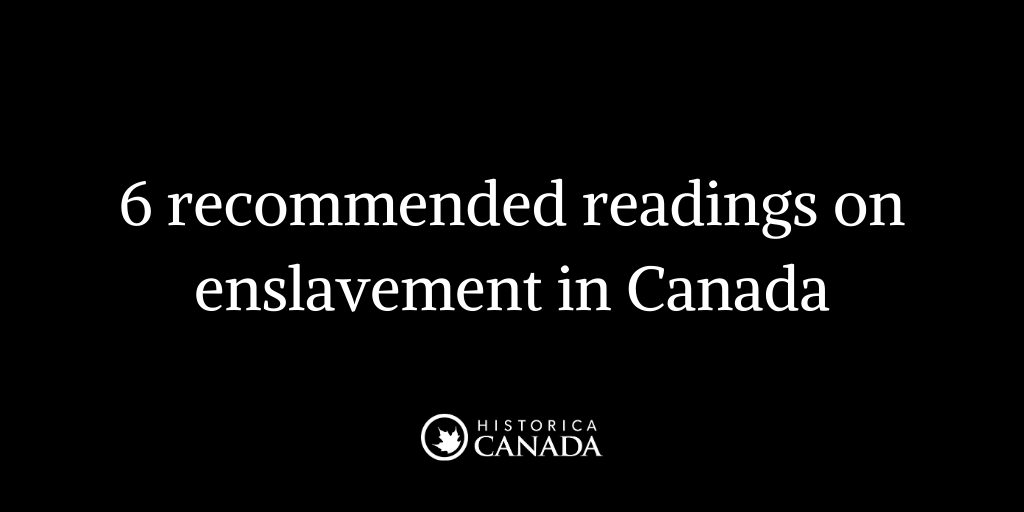
Notre nouvelle #MinuteDuPatrimoine nous ramène à 100 ans passés, lorsque Banting, Best, Collip et Macleod cherchent un remède pour le diabète. Les 60 secondes passent vite, alors nous expliquons dans ce fil le chaîne d’événements qui a amené à la découverte de l’insuline. ⬇️ 

7 décembre 1920 – Frederick Banting rencontre le Dr John J. R. Macleod, chef du département de physiologie de l’Université de Toronto, pour parler de sa nouvelle idée d’isoler la sécrétion interne du pancréas.
17 mai 1921 – Banting commence ses expériences scientifiques à l’Université de Toronto. Malgré ses doutes, Macleod offre à Banting un espace de laboratoire, des chiens sur lesquels il pourra travailler et les services d’un aide-étudiant, Charles Best.
2 décembre 1921 – Leonard Thompson, un jeune diabétique de 13 ans au seuil de la mort, est admis à l’hôpital général de Toronto.
12 décembre 1921 – Macleod invite le Dr James Bertram Collip à joindre l’équipe. En tant que biochimiste, Collip a les compétences spécialisées nécessaires pour améliorer la purification de l’extrait pancréatique.
11 janvier 1922– L’extrait pancréatique est testé sur un sujet humain, Leonard Thompson, pour la première fois. Un abcès stérile se développe à l’un des points d’injection et les mesures révèlent que l’extrait n’allégit pas significativement les symptômes diabétiques de Thompson.
23 janvier 1922 – L’équipe ressaie et Leonard Thompson est le premier humain à recevoir une injection réussie de l’extrait pancréatique. La méthode d’extraction améliorée de Collip produit des extraits plus purs. En 24h, la glycosurie de Thompson disparaît presque complètement.
3 mai 1922 – Macleod utilise le mot « insuline » pour désigner l’extrait pancréatique pour la première fois. Il présente les résultats des essais humains de Toronto à une conférence médicale de l’Association of American Physicians.
3 juin 1922 – Les scientifiques accordent les droits de brevet et la licence de l'insuline en Amérique du Nord au Conseil des gouverneurs de l'Université de Toronto pour les frais habituels de 1 $.
Pour en savoir plus sur l’histoire complexe des brevets, consultez cet article de notre consultant de la #MinuteDuPatrimoine, Christopher Rutty de @Moments_Canada : definingmomentscanada.ca/fr/insuline100…
Pour plus d’informations sur la découverte de l’insuline, visitez l’Encyclopédie canadienne : thecanadianencyclopedia.ca/fr/article/dec…
Et la chronologie de @Moments_Canada : definingmomentscanada.ca/fr/insuline100…
Et la chronologie de @Moments_Canada : definingmomentscanada.ca/fr/insuline100…
• • •
Missing some Tweet in this thread? You can try to
force a refresh







